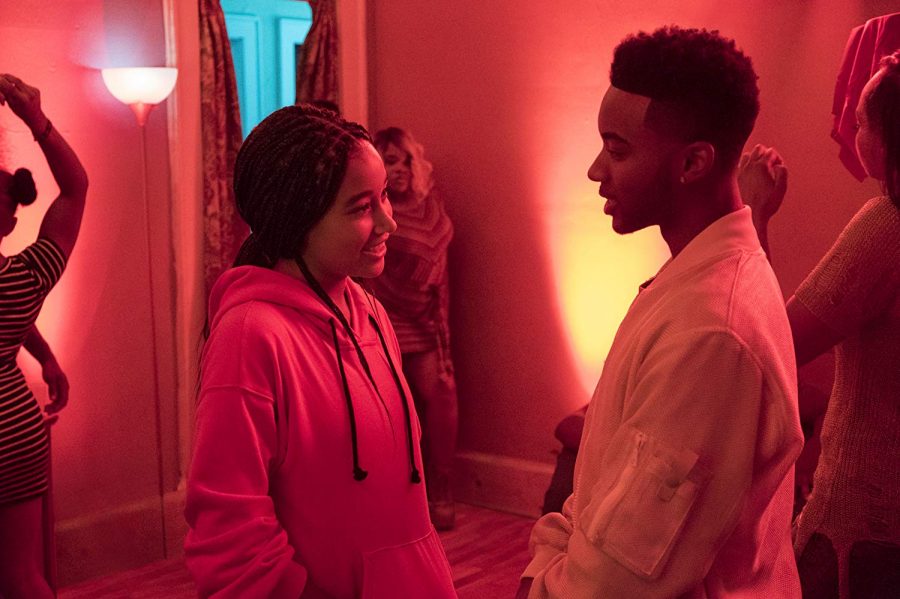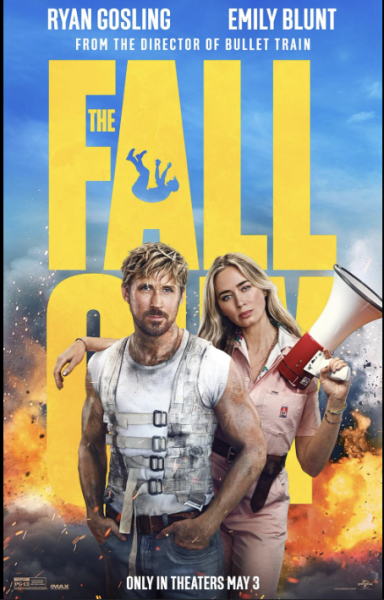“The Hate U Give” Review
The Hate U Give, originally a novel inspired by Tupac Shakur, was adapted into a film starring Amandla Stenberg, Regina Hall, KJ Apa, Issa Rae and rapper Common. The film follows Starr Carter (Stenberg) as she struggles to find her voice and balance her identities.
Starr Carter is a 16-year-old high school student who grows up in Garden Heights, a predominantly black neighborhood, but attends Williamson, a private school with predominantly white students. In order to keep up specific personas in her environments, She creates two versions of herself, “Garden Heights Starr” and “Williamson Starr.” At home, she embraces her blackness as her father, a firm believer in the Black Panther teachings, has taught her. At school, she says she “never gives anyone a reason to call her ghetto”, suppressing any mannerisms that might give away her racial identity. As the only witness to a police brutality case, she realizes she can no longer keep her two lives separate.
Issa Rae’s character, April, points out that for black and brown people they don’t need an actual weapon, because it’s their skin color that’s seen as a weapon or a threat. Starr’s Williamson identity speaks to that. She is known as the “non-threatening black girl” because it’s the persona she tries so hard to keep up. Never confrontational and never uses slang, it’s her version of code switching, popular within communities of color. By the end of the film, Starr finds harmony between her two personas finding peace within herself and her voice.
Don’t let the fact that this is a Young Adult film fool you, the film exhibits the racial and cultural divide in our country and moves viewers to question their place in movements like Black Lives Matter. The film also explores the cycle of violence in poor communities and how it can be traced back to institutional racism. The title of the film comes from an acronym created by Tupac, “The Hate U Give Little Infants [expletive deleted] Everyone”(T.H.U.G.L.I.F.E). Meaning, the violence in poor communities and in communities of color can be traced back to the institutional racism in America. Starr’s thought-provoking journey to self-discovery is one everyone should see and an important story in today’s climate of racial tension. The movie does not miss a beat and offers several points of views ranging from a white student in an affluent school to a black cop, but Stenberg’s character moves everyone not through a cry for help, but through a call for action.

Winnie Saulala is a Contributing Writer for the Catalyst. She is a senior at NDB. She is Co-President of the I Am Diverse Club. She is also a member...




